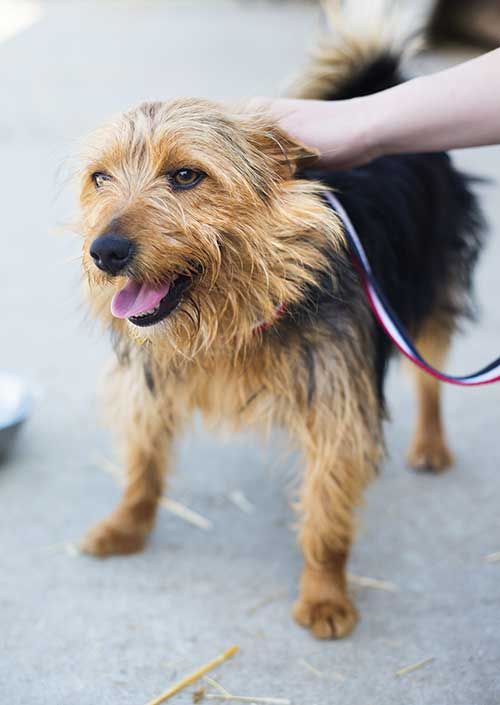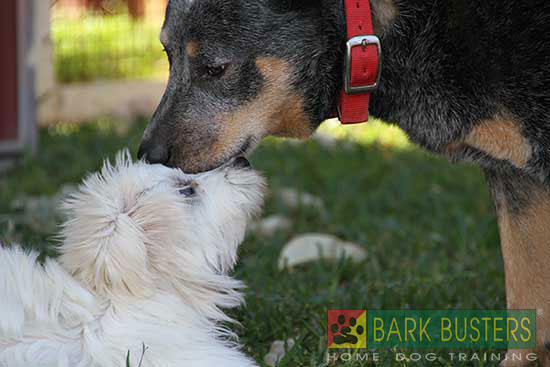Alabama Rot Deadly Disease To Dogs
What is Alabama Rot?
Alabama Rot or CRGV (cutaneous and renal glomerular vasculopathy), is a canine disease that causes blood clots to form in blood vessels causing damage which leads to tissue damage.
An extremely dangerous disease, its cause is currently unknown, but it can affect dogs of any breed, size or age. Unless spotted early, the disease can quickly develop and lead to kidney failure and death.
The disease was first identified in greyhounds in the USA during the 1980s. The first cases to be identified in the UK appeared in 2012 and has since spread across England, with cases identified randomly by area and breed. As no exact cause for the disease has yet been established, developing a vaccine has not yet been possible
What are the Symptoms?
Early symptoms are a noticeable swelling of an area, skin lesions, patches of red skin or open and ulcer-like sores. Often, these will present on the dog’s legs, below the ankle or knee, or on paws; but they can also be found on the face, mouth, tongue, lower chest or abdomen.
Later symptoms, such as tiredness, reduced appetite and vomiting can be signs of oncoming kidney disease. These symptoms can occur quickly; within 2-7 days.
What can I do to protect my dog?
There is currently no vaccine developed against this disease. Current advice is to wash wet or muddy parts of your dog after a walk even though it is not yet known whether washing prevents Alabama Rot. Wash your dog in lukewarm water and avoid strong chemicals. In addition, remain vigilant; if you notice skin lesions or any of the symptoms described above, take your dog to the vet for immediate advice. Your vet will decide whether to treat with antibiotics, dressing, or whether referral to a specialist is necessary. Some dogs are able to fight the disease and recover but, sadly, others will go on to develop kidney failure at which point there is little that can be done. There is currently no evidence that the disease can be transmitted from one dog to another but if in doubt, contact your vet.
Veterinary specialists, Anderson Moores, who are based in Winchester seem to have made the most extensive studies of the disease in the UK to date. Their findings, up-to-date advice sheet and images can be found on their website http://www.andersonmoores.com/about/article.php?u=W9ZXAJV7R47E9NC25GHZ . There is also a dedicated website http://alabamarot.co.uk where you can find images of what to look out for, information relating to the latest research and the number of cases in your area.
Bark Busters trainers have trained more than 1 Million dogs worldwide and are renowned authorities in addressing dog behaviour with all-natural, dog-friendly methods. Bark Busters training is the only service of its kind that offers International guaranteed lifetime support. With hundreds of trainers around the world, Bark Busters continues its mission to enhance the human/canine relationship and to reduce the possibility of maltreatment, abandonment and euthanasia. Contact your local Bark Busters dog trainer to see how they can help.

 If you are a dog lover, which you probably are if you are taking the time to read this article, you will enjoy greeting new dogs you meet whilst out and about. However, attempting to greet a dog in an inappropriate manner could cause you all sorts of problems, and could also put you, the dog, and the owner at risk.
If you are a dog lover, which you probably are if you are taking the time to read this article, you will enjoy greeting new dogs you meet whilst out and about. However, attempting to greet a dog in an inappropriate manner could cause you all sorts of problems, and could also put you, the dog, and the owner at risk. One of the common calls we get is for help where two (or more) dogs living in the same household have started to fight. We call this sibling rivalry. Many owners never experience this but, for those who do, it can be very distressing. Not only can it be dangerous for the owners when they try to break up fights, once sibling rivalry becomes extreme, owners may be left with no option but to rehome one of their dogs.
One of the common calls we get is for help where two (or more) dogs living in the same household have started to fight. We call this sibling rivalry. Many owners never experience this but, for those who do, it can be very distressing. Not only can it be dangerous for the owners when they try to break up fights, once sibling rivalry becomes extreme, owners may be left with no option but to rehome one of their dogs.